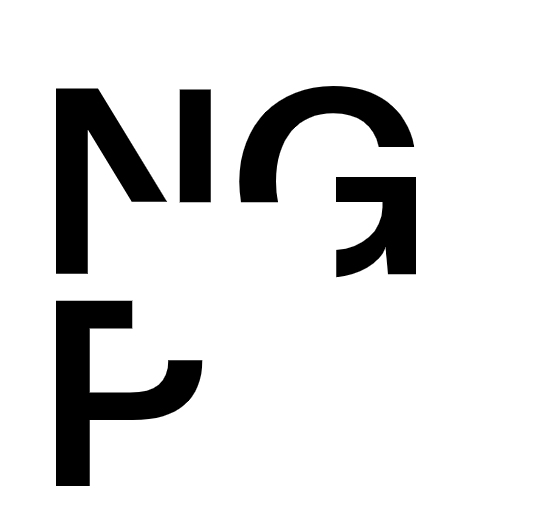The National Gallery Prague, formerly the National Gallery in Prague is a state-owned art gallery in Prague, which manages the largest collection of art in the Czech Republic and presents masterpieces of Czech and international fine art in permanent and temporary exhibitions.

The exhibition, organised by the National Gallery Prague in collaboration with the Museum Rietberg Zürich, will present more than 100 items from Swiss collections and over 70 works from Czech collections, chiefly the gallery’s own Collection of Asian Art. Sculptures, paintings, and other Buddhist artworks made from the second to the twentieth centuries reflect the exhibition’s main concept – to present the multicultural nature of Buddhism, which does not consist of only one single direction but comprises various teachings and traditions. As Alicja Knast, the Director of the National Gallery, explains: “The exhibition presents important Buddhist artworks from the National Gallery Prague together with masterpieces of Buddhist art from the collections of the Museum Rietberg Zürich that are being shown in the Czech Republic for the first time. In addition, the exhibition’s theme offers not only a learning experience but also strengthens moral values, religious understanding, and multicultural awareness.”

Designed in the form of thematic sections, the project reveals the importance of Buddhism and how it spread from India to other areas of Asia and even to Europe. It strives to answer questions about its founder, the Buddha Shakyamuni (about 480–400 BCE), the paths along which Buddhism spread throughout south-eastern Asia, and the contributions of the Buddha’s teachings. As Markéta Hánová, the head of the Collection of Asian Art, explains: “Buddhism is one of the world’s most important ideological traditions, and its values speak out to contemporary society. Discovering these roots through artistic expression not only makes them understandable but is enriching as well. The selection of truly unique artworks is further enhanced at the exhibition by such things as interactive sound elements and a space for mediation.”

The introductory part of the exhibition will familiarise visitors with the forms given to the Buddha by various Asian cultures, and they will be able to compare the diverse styles. The next sections are focused on works inspired by the Buddha’s life, from his birth to his accession to nirvana, on Buddhist teachings and their spread across the Asian continent, and the reception of Buddhism in the Czech lands from the end of the nineteenth century to the present day.

One of the displayed items is a rare artistic artefact in the form of a fifteen-metre long Japanese painted scroll from the turn of the eighteenth century, which has as its theme the legend of the Buddha’s life. This is the first time the painted part of the scroll will be shown in its entirety together with the calligraphic part. A digitalised version, including descriptions, will be accessible on the website.

In addition to the opportunity to see the displayed artworks, the exhibition’s visitors can look forward to a multimedia map, handwritten and printed Buddhist texts, a sound installation of recited prayers and Zen kōans, and director Janek Rous’s documentary film about the current practice of various directions of Buddhism in the Czech Republic, which was made specifically for this exhibition. The film includes the leading Buddhologist Jiří Holba and hiswords explaining the mission of Buddhism: “Buddhism is an extraordinarily extensive and complex philosophical and religious tradition, which over the course of its existence has spread throughout many originally completely different cultures throughout almost all of south, central, and east Asia, and it has had great influence in most of Asia. The highest goal of Buddhism is liberation from the endless cycle of rebirths (Saṃsāra), which are considered to be painful and unsatisfactory because of their instability and ephemeral nature. In practice, the Buddhist way is realised through a transformation of mind and heart, and particularly through removing existential anxiety and negative states, experiences, and thoughts and instead cultivating such states, experiences, and thoughts that are positive.
The head curators of the exhibition are Markéta Hánová representing the National Gallery Prague and Johannes Beltz on behalf of the Museum Rietberg Zürich. Other curators from both institutions also participated in the preparations for the exhibition.
Šimon Caban is the exhibition architect. In his visually conceived exhibition space, he has highlighted the spiritual potential depth and exhibition potential of Buddhist art.
A rich accompanying programme complements the exhibition in the form of lectures and guided tours and provides opportunities for yoga and meditation. Educational materials, including a digitalised version of a Japanese scroll with chapters from the legend of the Buddha and a detailed interpretation, will be available on the website.
For anyone interested in the deeper context of Buddhist art, there is an extensive illustrated catalogue published in both Czech and English as well as the educational book The Little Buddha.

From 3 December 2021 to 24 April 2022, the National Gallery Prague will host the exhibition
The Buddha Up Close at the Waldstein Riding School with the aim of introducing the main principles of Buddhism through visual art, thus combining an aesthetic experience with historical facts and spiritual inspiration.
The Buddha Up Close Site
https://www.ngprague.cz/en/event/258/the-buddha-up-close
National Gallery Prague
https://www.ngprague.cz/en
Opening hours
Tuesday, Thursday–Sunday 10am–6pm
Wednesday 10am–8pm
Contacts
info@ngprague.cz
Tel.: (+420) 224 301 122, (+420) 220 397 211


